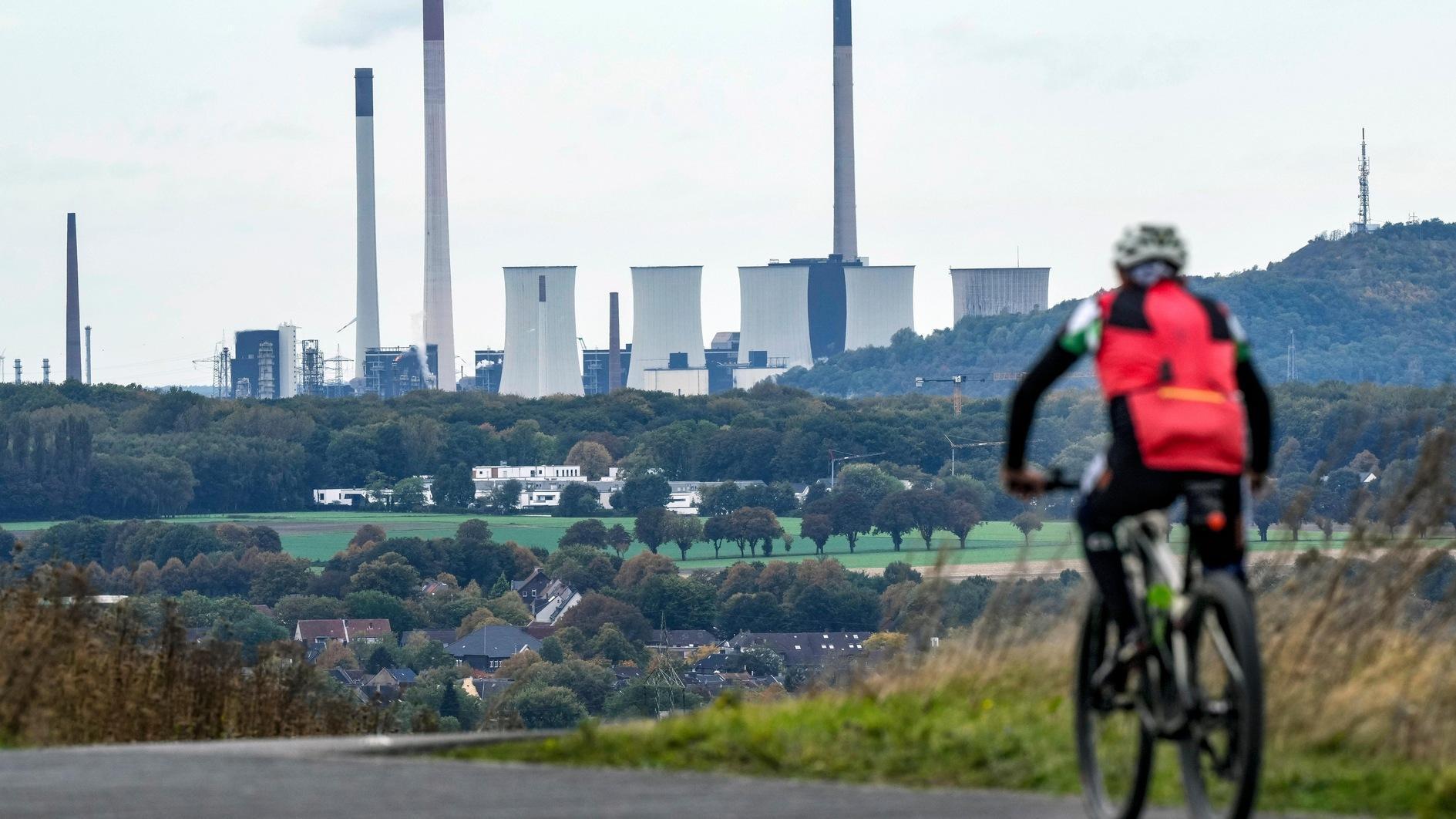
Rich countries will be under pressure at next month's U.N. COP29 conference to increase by hundreds of billions of dollars how much money they give to poorer countries as "climate finance."
But there is deep disagreement over how much is needed, who should pay and what should be covered, ensuring that climate finance will top the agenda at COP29 in Baku.
It is the buzzword in this year's negotiations, which run from Nov. 11-22, but there is not one agreed definition of climate finance.
In general terms, it is money spent in a manner "consistent with a pathway towards low greenhouse gas emissions and climate-resilient development," as per phrasing used in the Paris agreement.
That includes government or private money in clean energy like solar and wind, technology like electric vehicles, or adaptation measures like dykes to hold back rising seas.
But could a subsidy for a new water-efficient hotel, for example, be counted? It's not something the annual U.N.-sponsored climate summits have addressed directly.
At the U.N. negotiations, climate finance has come to refer to the difficulties the developing world faces getting the money it needs to prepare for global warming.
Under a 1992 U.N. accord, a handful of rich countries most responsible for global warming were obligated to provide finance.
In 2009, the United States, the European Union, Japan, Britain, Canada, Switzerland, Norway, Iceland, New Zealand and Australia agreed to pay $100 billion per year by 2020.
They only achieved this for the first time in 2022. The delay eroded trust and fuelled accusations that rich countries were shirking their responsibility.
At COP29, nearly 200 nations are expected to agree on a new finance goal beyond 2025.
India has called for $1 trillion a year and some other proposals go higher, but countries on the hook want other major economies to chip in.
They argue times have changed and the big industrialised nations of the early 1990s represent just 30 percent of historic greenhouse gas emissions today.
In particular, there is a push for China, the world's largest polluter today, and the Gulf countries to pay.
They do not accept this proposal.
Experts commissioned by the U.N. estimate that developing countries, excluding China, will need $2.4 trillion per year by 2030.
But the line between climate finance, foreign aid and private capital is often blurred and campaigners are pushing for clearer terms that specify where money comes from, and in what form.
Today, most climate finance aid goes through development banks or funds co-managed with the countries concerned, such as the Green Climate Fund and the Global Environment Facility.
Campaigners are very critical of the $100 billion pledge because two-thirds of the money was given as loans, not grants.
Even revised upwards, it is likely any new pledge from governments will fall well short of what is needed.